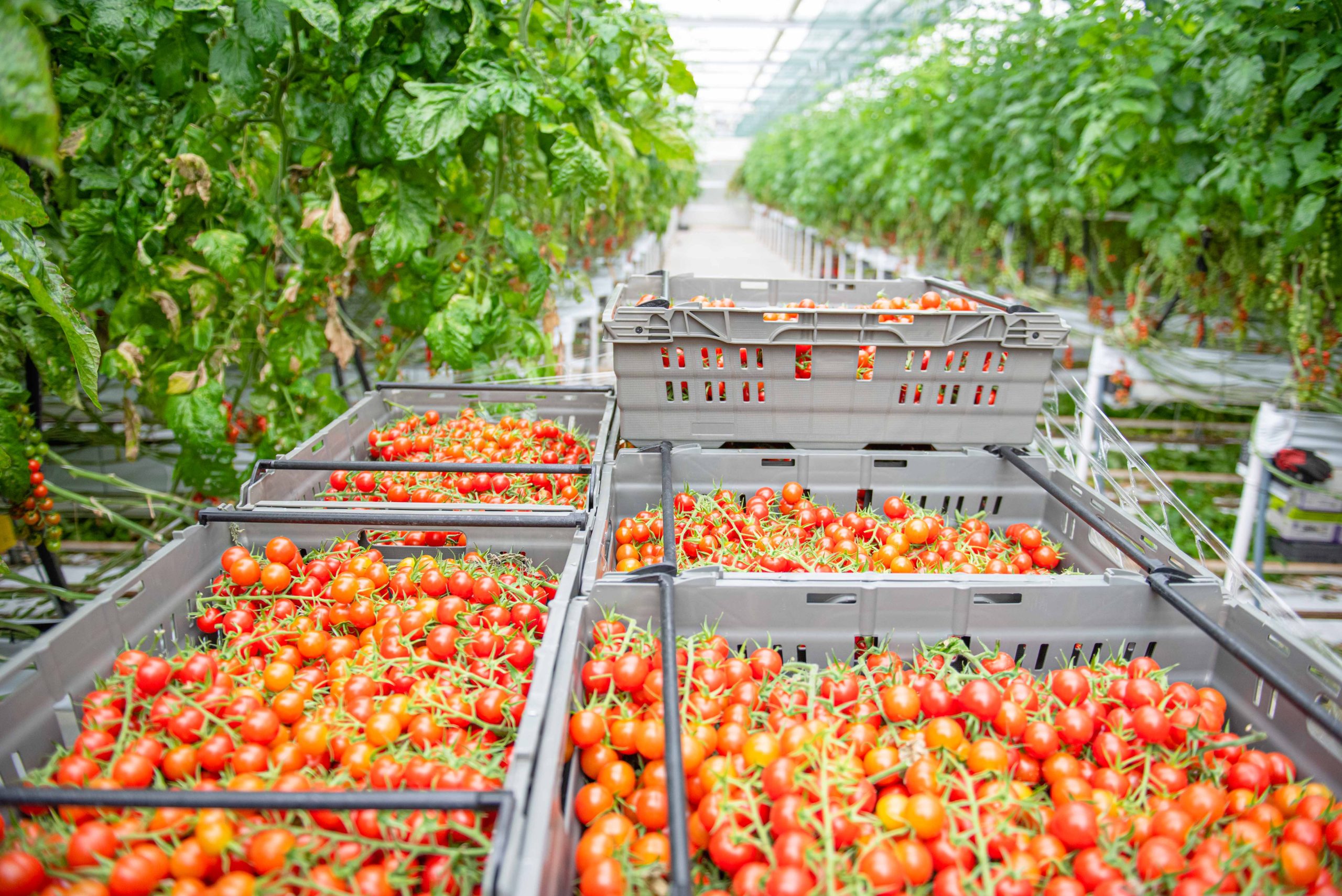Tomatoes, with their vibrant colours and succulent taste, have woven themselves into a range of culinary delights around the world. Yet, their journey from wild plants to kitchen staples is a story rich with intrigue and discovery. Let’s delve into three pivotal points in the history of tomatoes:
- Ancient Origins: From the Andes to Europe
The story of tomatoes begins in the Andes Mountains of South America, where wild tomato species first emerged over 2,000 years ago. Indigenous peoples of the region, such as the Aztecs and Incas, cultivated and consumed these small, wild fruits, recognizing their culinary potential. Following the Spanish conquest of the Americas in the 16th century, explorers brought tomatoes back to Europe, where they quickly gained popularity as ornamental plants. Initially regarded with suspicion due to their resemblance to deadly nightshade, tomatoes gradually earned acceptance as a flavourful addition to European cuisine.
- Renaissance Rediscovery: Tomatoes Conquer Italian Cuisine
During the Renaissance period in Italy, tomatoes underwent a transformation, evolving from mere decorative plants to culinary stars. Italian chefs embraced tomatoes as versatile ingredients, incorporating them into sauces, soups, and pasta dishes. One of the most iconic tomato-based creations to emerge during this time was the beloved Neapolitan pizza, which featured tomatoes as a central component. As tomatoes gained prominence in Italian cuisine, their popularity spread across Europe and eventually reached distant shores, influencing culinary traditions around the globe.
- Modern Cultivation and Global Impact
In the 19th and 20th centuries, advances in agricultural technology and transportation facilitated the widespread cultivation and distribution of tomatoes on a global scale. The development of hybrid tomato varieties with desirable traits, such as disease resistance and uniform ripening, revolutionized tomato farming practices, leading to increased yields and improved quality. Today, tomatoes are cultivated in diverse climates and regions worldwide, from sun-drenched Mediterranean coastlines to sprawling greenhouse complexes in northern latitudes. Their versatility in the kitchen—from fresh salads to rich sauces—continues to captivate chefs and home cooks alike, cementing their status as an indispensable ingredient in cuisines across cultures.
The history of tomatoes is a testament to the popularity of these vibrant and versatile fruits and their transformative journey from wild plants to culinary staples. From their ancient origins in the Andes to their modern-day global cultivation, tomatoes have left an indelible mark on the culinary landscape, enriching dishes with their flavour, colour, and nutritional value.






